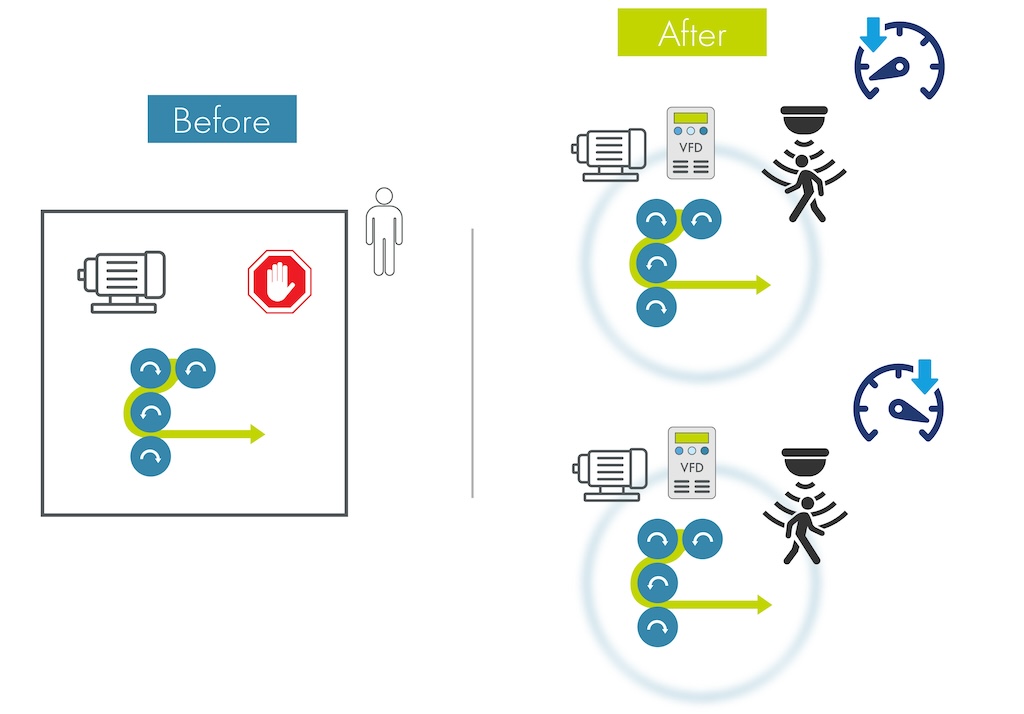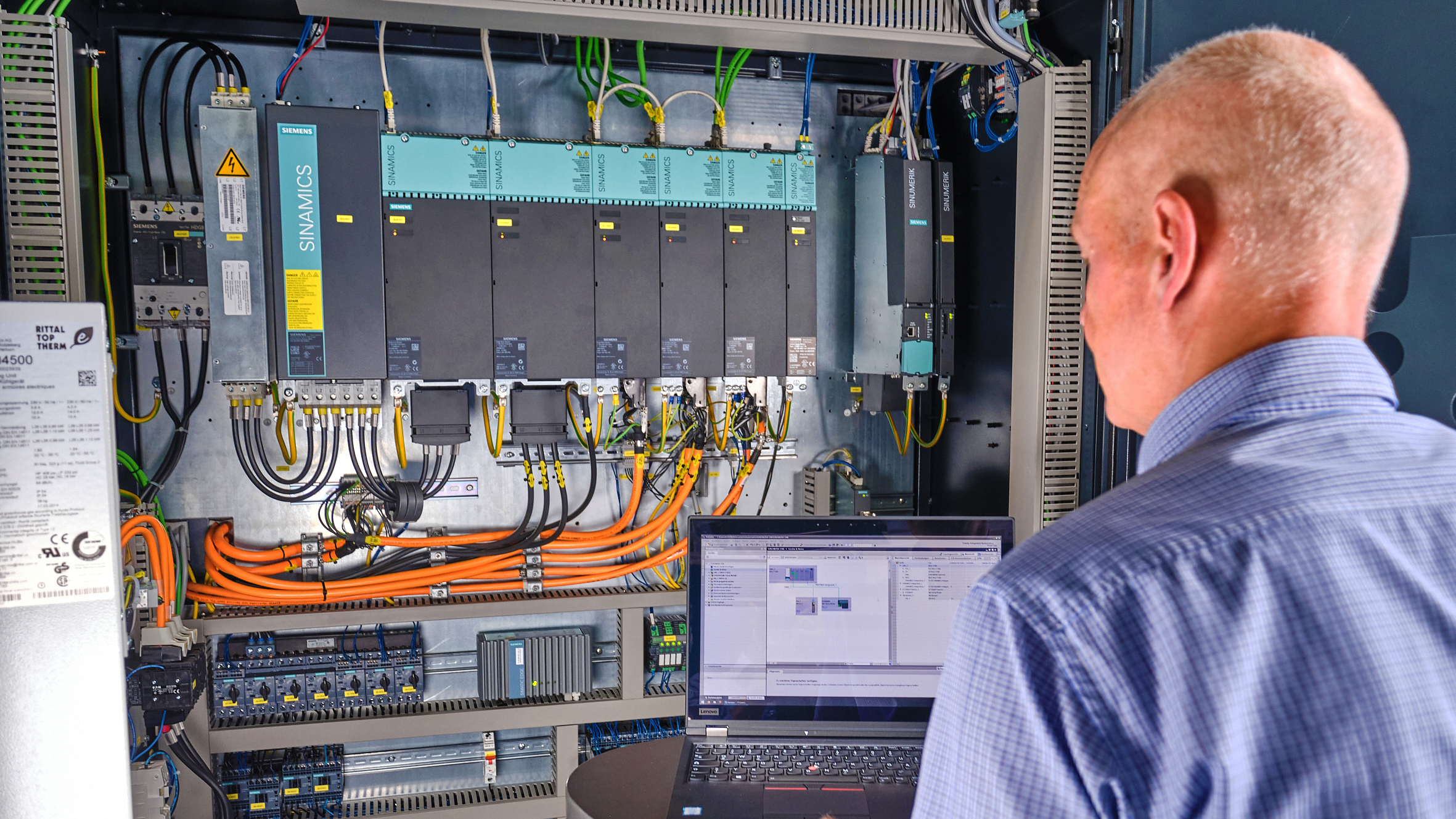Three-phase program 1. Analysis (define project, form team) 2. Discovery (identification of best practices, recommendations for improvement) 3. Implementation Four-phase program 1.
Three-phase program
1. Analysis (define project, form team)
2. Discovery (identification of best practices, recommendations for improvement)
3. Implementation
Four-phase program
1. Identify activities/processes to benchmark
2. Study/measure processes in your own company and other companies
3. Learn how to close the gap between your present and desired levels of performance
4. Develop and implement an improvement plan
Six-phase program
1. Decide what to benchmark
2. Plan the benchmarking project
3. Determine your own performance level
4. Determine the performance of others
5. Analyze the findings
6. Use the results
Eight-phase program
1. Determine which activities will benefit from benchmarking
2. Determine the key factors driving those activities
3. Identify companies with best practices in those activities
4. Study and measure those best practices
5. Measure your own performance and compare with best practices
6. Develop plans to meet or exceed best practices
7. Obtain commitment to implement plans
8. Implement plans and monitor results
Nine-phase program
1. Select practice or process
2. Identify performance
3. Train benchmarking teams
4. Measure performance
5. Identify benchmarking partner
6. Measure partner’s performance
7. Identify performance gaps and priorities
8. Recommend and implement new practices
9. Determine results and remeasure
Ten-phase program
1. Identify what is to be bench marked
2. Identify comparative companies
3. Determine data collection method and collect data
4. Determine current performance gap
5. Project future performance levels
6. Communicate benchmark findings and gain acceptance
7. Establish functional goals
8. Develop action plans
9. Implement specific actions and monitor progress
10. Recalibrate benchmarks
Twelve-phase program
1. Determine who will use the information (clients)
2. “Sell” the clients on value of benchmarking
3. Test client commitment
4. Determine urgency
5. Define scope and type of benchmarking needed
6. Select and train benchmarking team
7. Coordinate benchmarking process with business plan
8. Develop and execute benchmarking plan
9. Analyze the data
10. Integrate recommended actions into business plan
11. Execute the plan
12. Implement continuous improvement
Twelve-phase program
1. Establish the scope
2. Develop the project plan
3. Select the key performance variables to benchmark
4. Identify potential participants
5. Measure your own performance
6. Measure performance of benchmarking participants
7. Compare current data
8. Identify best practices and enablers
9. Formulate your strategy
10. Implement the plan
11. Monitor results
12. Plan for problem solving
10 key indicators of maintenance performance
By Edwin K. Jones, PE, Plant Engineering and Maintenance Consulting, Newark, DE
– Mechanical availability (asset utilization)
The “business contribution” of maintaining personnel is to provide highly reliable equipment at the lowest possible cost. World-class plants are typically driving reliability rather than cost reduction. (Industry sensitive)
– Ratio of direct maintenance personnel to support maintenance personnel
World-class plants tend to fall in the range of 2:1 to 3:1 workers per support person. Support personnel are those who provide the supervision, parts management, planning, reliability improvement, equipment condition monitoring, and other supporting tasks for the “hands on” workers.
– Ratio of direct maintenance personnel to maintenance planning personnel
– Ratio of direct maintenance personnel to engineering and technical maintenance personnel
There is usually a correlation between this metric and a plant’s equipment reliability and costs.
– Maintenance cost as a percentage of plant estimated replacement value
This value is a classic measure of maintenance cost. Unfortunately, by itself, it drives cost reduction behavior without necessarily reinforcing the need for improved maintenance practices.
– Ratio of plant estimated replacement value (in millions) to direct maintenance workers
This value is a measure of direct maintenance worker productivity (“How much plant and equipment,
in dollars, can each worker maintain?”). Many world-class plants fall into the range of $6-$9 million/worker. (Somewhat industry sensitive)
– Maintenance contracting cost as a percentage of total maintenance cost
This value is a measure for comparison, but without a “target” value. World-class plants don’t shoot for a specific level; rather, they are disciplined in defining the role of contractors in maintenance, based
on business-related criteria. On average, top plants around the world contract over 30% of their maintenance work — a little less in the United States. But, top plants are driven by a defined
strategy, not a target percentage.
– Stores parts and investment as a percentage of plant estimated replacement value
For years, the target for this measure was about 1%, but top plants around the world now routinely achieve ratios in the range of 0.25%-0.5%
– Stores turnover (ratio of annual disbursements to inventory value)
This ratio reflects stocking strategy and may run above or below 1 depending on the plant’s strategy (for example, balancing risk against insurance stocks). Performance is measured against the plant’s own target.
– Ratio of stores disbursements to stores personnel (dollar investment/stores person)
This value is a measure of “productivity” of the stores operation and associated personnel.



